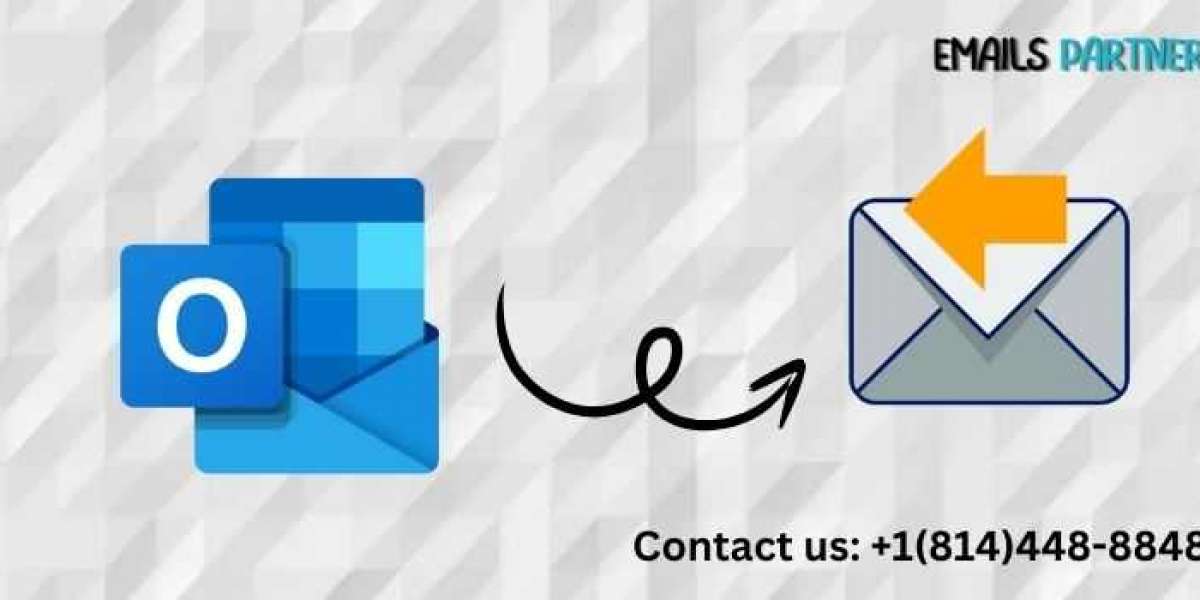Mistakenly sending an email is a situation many of us have faced. Whether it’s an error in the message, an incorrect recipient, or an attachment you forgot to include, such instances can cause stress. Fortunately, Microsoft Outlook offers a feature that can help address this issue. Learning how to recall an email in Outlook empowers you to correct such mistakes quickly and efficiently. This guide provides a detailed explanation of the recall feature, step-by-step instructions, and alternative strategies to mitigate email errors.
Introduction to the Email Recall Feature
The recall feature in Microsoft Outlook allows users to retract an email from the recipient's inbox, provided certain conditions are met. This can prevent potential embarrassment or miscommunication caused by accidental errors.
Key Requirements for Email Recall:
- Both the sender and recipient must use Microsoft Outlook and be on the same Exchange Server.
- The email must remain unread in the recipient's inbox.
- The email should not have been moved to another folder by rules or filters.
Understanding these prerequisites is essential before attempting to recall an email.
How to Recall an Email in Outlook
Recalling an email in Outlook is a straightforward process. Follow these steps to initiate the recall.
Step-by-Step Guide
1. Open the Sent Email
- Navigate to your Sent Items folder in Outlook.
- Locate the email you wish to recall and double-click to open it in a new window.
2. Access the Recall Option
- In the menu bar, click File and then select Info.
- From the drop-down menu, click Resend or Recall.
- Choose Recall This Message to proceed.
3. Select Recall Options
Outlook offers two options:
- Delete Unread Copies of This Message: Deletes the email from the recipient’s inbox if it has not been read.
- Delete Unread Copies and Replace With a New Message: Allows you to modify the email and resend it.
4. Confirm and Send Notification
- Select your preferred option and click OK.
- You will receive a notification about the success or failure of the recall attempt.
When Recall Fails: Limitations and Workarounds
The recall feature, though useful, is not foolproof. Below are some scenarios where it might fail:
1. The Email Has Been Read
Once the recipient opens the email, the recall attempt becomes void.
2. Non-Outlook Email Clients
If the recipient uses an email client like Gmail or Yahoo, the recall feature does not work.
3. Emails Moved by Filters
If the recipient has set rules to move emails to folders other than the inbox, the recall will fail.
4. External Servers
If the sender and recipient are not on the same Exchange Server, the recall function cannot be executed.
When a recall fails, there are alternative measures to mitigate the impact of the sent email.
Alternatives to Email Recall
When recalling an email is not an option, these alternatives can help address the situation effectively:
Delay Delivery
One of the most effective ways to prevent premature email sending is by enabling the Delay Delivery feature in Outlook. This allows you to set a time delay before emails are sent, giving you a buffer to review and make corrections.
How to Enable Delay Delivery:
- Open a new email in Outlook.
- Compose your message and click Options in the toolbar.
- Select Delay Delivery.
- Check the box labeled Do not deliver before and set the desired date and time.
- Click Close and send the email.
The email will remain in your Outbox until the specified time, providing a window for edits.
Follow-Up Messages
If recalling the email is not feasible, sending a follow-up email is an effective way to correct the mistake.
Example Follow-Up Email:
Subject: Correction: [Original Subject]
Body:
Dear [Recipient’s Name],
I’d like to clarify an error in my previous email. [Explain the correction or additional information]. I apologize for any confusion this may have caused and appreciate your understanding.
Best regards,
[Your Name]
Best Practices to Avoid Email Errors
To minimize the need for recalls, adopting best practices for email management is crucial. Here are some strategies:
1. Proofread Emails Thoroughly
Take the time to review your email for grammatical errors, typos, and accuracy before sending.
2. Double-Check Recipients
Verify the recipients listed in the “To,” “Cc,” and “Bcc” fields to ensure the email reaches the intended audience.
3. Use Drafts for Complex Emails
For lengthy or detailed emails, save the draft and revisit it later with a clear mind for further refinement.
4. Enable Read Receipts
Read receipts help you confirm whether the recipient has read your email, giving you a chance to take corrective actions earlier.
5. Test Emails with Attachments
Before sending an email with attachments, verify that the correct files are attached and open them to confirm their content.
Conclusion
Learning how to recall an email in Outlook is an invaluable skill for maintaining professional and error-free communication. While the recall feature provides a safety net for correcting mistakes, its limitations highlight the importance of preventive measures. By using strategies like Delay Delivery and following up with corrective emails, you can effectively manage any situation.







